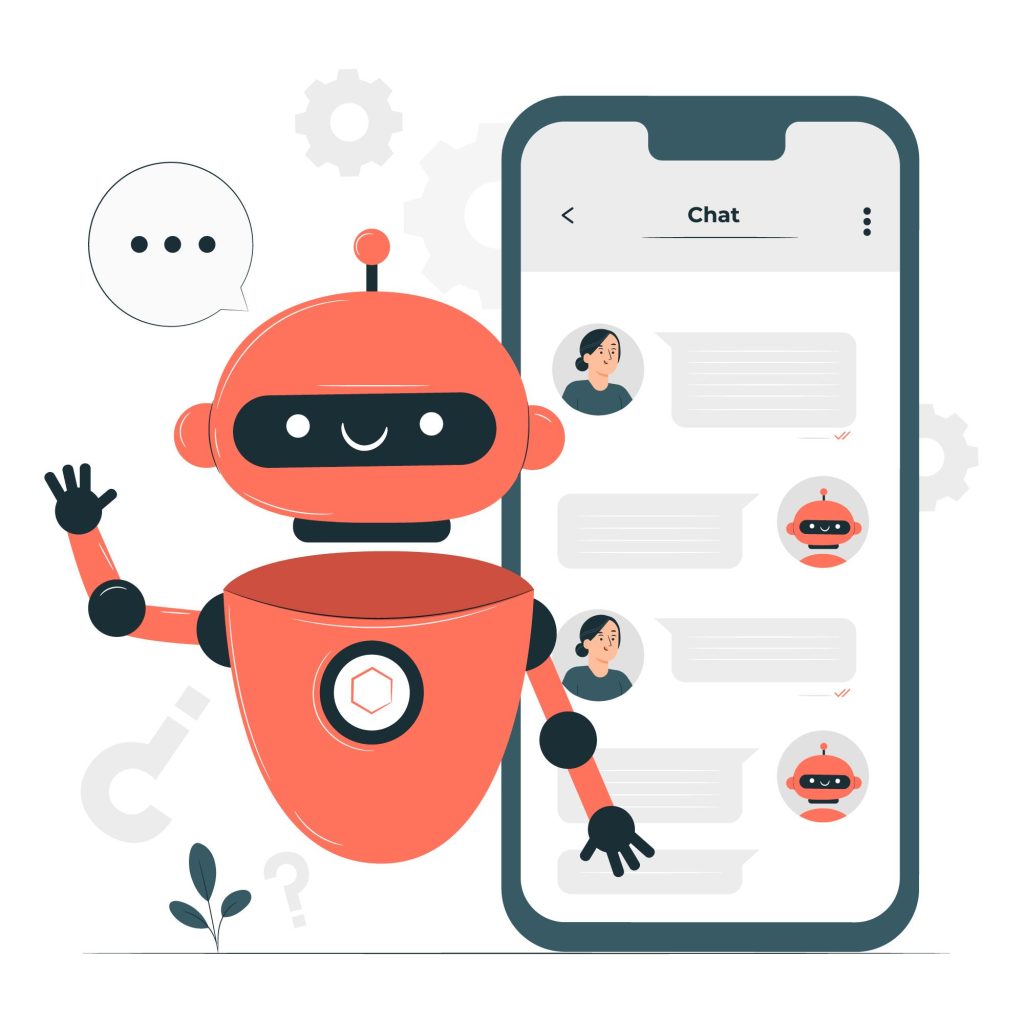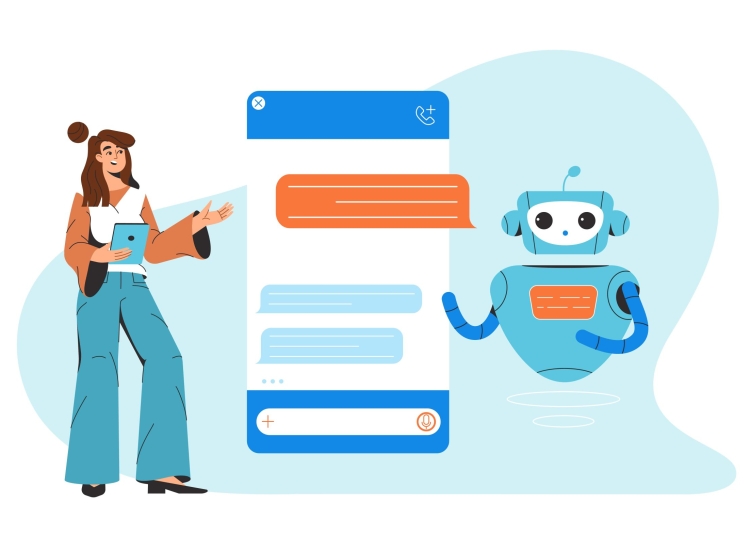In today’s fast-paced digital world, mobile apps have become an integral part of our lives. From ordering food to booking rides, we rely on mobile apps for convenience and efficiency. As the demand for seamless user experiences continues to grow, developers are exploring innovative ways to enhance app functionality. One such approach is integrating voice and chatbot technology into mobile apps.
Mobile apps have traditionally relied on text-based interfaces, requiring users to manually input commands or queries. with the rapid advancements in natural language processing (NLP) and artificial intelligence (AI), voice and chatbot technology have emerged as game-changers in the app development landscape.
Benefits of Integrating Voice and Chatbot Technology

1. Enhanced User Experience
By incorporating voice and chatbot capabilities, mobile apps can provide a more intuitive and user-friendly experience. Users can interact with the app using their natural language, eliminating the need for tedious text input. This leads to a smoother and more engaging experience, enhancing overall user satisfaction.
2. Improved Efficiency and Productivity
Voice and chatbot technology enables users to perform tasks more efficiently. Whether it’s dictating a message, setting a reminder, or searching for information, voice commands and conversational interactions simplify and expedite the process. This increased efficiency can significantly boost productivity, saving users valuable time and effort.
3. Personalized Interactions
Integrating voice and chatbot technology allows apps to offer personalized interactions based on user preferences and behavior. Chatbots can analyze user data and provide tailored recommendations, suggestions, and support. This level of personalization enhances user engagement and fosters a deeper connection between the user and the app.
Challenges in Integrating Voice and Chatbot Technology
While the benefits of integrating voice and chatbot technology into mobile apps are enticing, developers must also address certain challenges. Let’s explore some common obstacles and how to overcome them.
1. Accurate Speech Recognition
Achieving accurate speech recognition is crucial for an effective voice and chatbot experience. speech recognition systems can sometimes struggle with accents, background noise, or complex commands. To overcome this challenge, developers must implement robust algorithms and conduct thorough testing across diverse user profiles and scenarios.
2. Natural Language Understanding
Understanding natural language and interpreting user intent accurately can be challenging. Developing a chatbot that can comprehend various sentence structures, idiomatic expressions, and context requires sophisticated NLP models. Continuous training and improvement of these models are essential to ensure a seamless conversational experience.
3. Data Security and Privacy
Integrating voice and chatbot technology raises concerns about data security and privacy. Developers must prioritize implementing robust encryption and authentication measures to protect sensitive user information. It’s crucial to comply with relevant data protection regulations and adopt best practices for secure data storage and transmission.
Best Practices for Implementing Voice and Chatbot Technology

1. Define Clear User Goals and Use Cases
Before implementing voice and chatbot features, define clear user goals and use cases. Understand the specific tasks or problems that users will be able to accomplish or solve through voice and chatbot interactions. This clarity will guide the design and development process, ensuring a focused and valuable user experience.
2. Design Conversational Flow and Dialogue
Create a well-defined conversational flow and dialogue structure for the voice and chatbot interactions. Consider the different paths users may take, potential user inputs, and the appropriate responses or prompts from the app. Design conversational scripts that feel natural and conversational, taking into account the app’s tone and branding.
3. Leverage Natural Language Processing and Machine Learning
Utilize the power of natural language processing (NLP) and machine learning (ML) algorithms to enhance the accuracy and understanding of voice and chatbot interactions. Implement pre-trained language models or develop custom models that can accurately process and interpret user inputs. Continuously train and update these models to improve performance over time.
4. Provide Clear Voice and Chatbot Prompts
Ensure that voice and chatbot prompts are clear, concise, and easy to understand. Use prompts that guide users on how to interact with the app using voice commands or chatbot messages. Consider providing examples of valid inputs or suggestions to help users navigate the conversational interface effortlessly.
5. Test and Iterate
Thoroughly test the voice and chatbot functionality at various stages of development. Conduct usability testing with real users to gather feedback and identify areas for improvement. Iterate on the design and performance based on user insights, aiming for a seamless and delightful user experience.
FAQs about Integrating Voice and Chatbot Technology
1. Can voice and chatbot technology be integrated into any mobile app?
Yes, voice and chatbot technology can be integrated into almost any mobile app, regardless of its industry or purpose. the level of integration and complexity may vary depending on the specific app requirements and user needs.
2. Are there any limitations to voice and chatbot technology in mobile apps?
While voice and chatbot technology offers numerous benefits, there are some limitations to consider. Accurate speech recognition in noisy environments or with accents can be a challenge. complex or ambiguous user commands may require further clarification.
3. How can voice and chatbot technology enhance user engagement?
Voice and chatbot technology provides a more interactive and personalized user experience. By enabling natural language interactions and offering tailored recommendations, users feel more engaged and connected with the app.
4. What security measures should be taken when integrating voice and chatbot technology?
Data security and privacy should be prioritized when integrating voice and chatbot technology. Implement strong encryption, user authentication, and secure data storage practices to protect sensitive user information.
5. Can voice and chatbot technology replace traditional app interfaces entirely?
Voice and chatbot technology can enhance user experiences, but they may not replace traditional app interfaces entirely. Different users have different preferences, and some tasks or interactions may still be better suited for visual interfaces.



